#52 – HILLS PLAINS
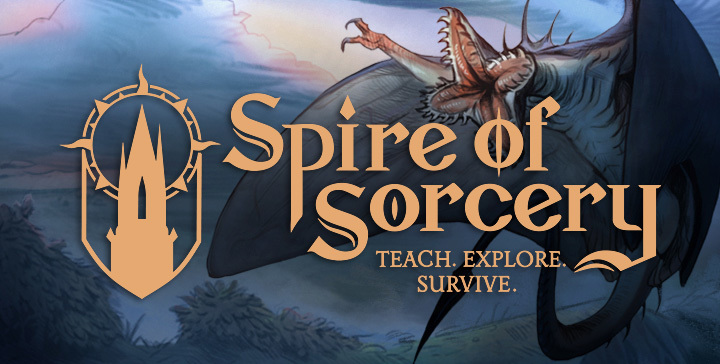
Sometimes people ask about our plans for the Early Access period: what exactly is going to happen during that time with the game, and how long do we expect that period to last?
Our current expectation is to spend about a year in Early Access, depending on how quickly we exhaust all major opportunities to significantly improve your player experience. As long as we see the potential for significant improvements, we will remain in the Early Access state.
As to what do we plan to do – there are three big areas that we expect to focus on:
- user interface and localization. Our experience shows that the community will definitely discover parts of the interface that can be improved, as well as parts of translations that can be more precise.
Even with Gremlins, Inc., a game that is three years old, we keep receiving excellent suggestions on adding certain elements to make the experience better. Not to mention the occasions where we introduce a new card and immediately hear from the community a suggestion for a better name for such card.
- modding tools. One of our biggest ambitions with Spire of Sorcery is to empower the community by providing an easy-to-use editor that allows creative people to try new things with this game.
Whether it’s about new game events or about new types of skills or new types of rooms in the Spire, we’d like to give the community the opportunity to experiment. And we have no doubts that some of the funniest and original experiences will come through modding!
- more content. At the moment, for every creature that we already have in the game, we have two more creatures on the designer’s board – waiting for their chance to come to life.
Because we do not know yet how you, dear players, will play the main campaign, we leave a lot of things open for the moment, to have the ability to fine-tune and balance the game in the Early Access period through adding new creatures and new resources.
And now let’s talk about today’s topic: Hills and Plains of Rund!
HILLS & PLAINS
When we started working on the Hills, we tried different options.
Hills is a biome that offers long-range visibility but is not so easy to pass through due to all the climbing up and down that one has to do as one travels across the region. Because of this, in terms of speed of travel, hills are comparable to the regular forest.
Plains are much easier to pass through and offer a high speed of travel (even though roads would be still faster).
This is the final color sketch of the Hills. What you’ll see in the game is the same image, but with a bit more details.
Tasljuks, Gigglers and Stingtails live in both of these biomes.
Stingtails pose a risk if encountered during their feeding time. Such risk is significantly higher on the plains (because there’s nowhere to hide from this predator).
Plains were quite easy to conceptualize. Finding the right color for this biome proved to be much harder.
Because of the long-range visibility, traveling through plains poses the risk of being easily spotted by unwanted parties who also travel through these lands. The risk is, however, smaller in the Wild Lands, where there are no villages or cities, but only occasional camps of outcasts (closer to the Distorted lands one may also encounter mutant camps and settlements).
Hills are mostly used for mining (they are home to a wealth of minerals: almost every mineral known in Rund can be found there). Hills also often contain caves, some of which may have explorable sub-locations.
Here are the first three color solutions for plains that we explored. We did not like any of these.
Most of the plants on hills and on plains are rather common for Rund, with a few exceptions. Dwarf everlast can be found only on Hills. Sleep grass, thorn apple and thistle can be found only on Plains (sleep grass, by the way, poses a danger of its own: unsuspecting travelers that cross the fields of this grass during its flowering season can fall asleep for much longer than desired, leaving them defenseless against the other common dangers of the biome).
Going through three more color options, we really liked the last one, number six. You’ll see it in the game, with a bit more detail.
Finally, we think that both plains and hills will eventually get their own unique non-human dwellers and animals (hills are quite likely going to become the home of Stone Eaters) – but that will happen much later in the development process, once we come around to balancing these regions during long runs of the main campaign of the game.
Here’s work in progress (and final results) on two inventory items relevant to these biomes. The first is a Giggler’s Egg, which can be collected from the nests of these animals. It’s used as food (when cooked), as well as an alchemic ingredient. The second is an exotic fruit, which grows in abandoned gardens left from the Age of Mages. These gardens can only be found on the plains of the Wild Lands. The fruit is a delicacy on its own, and is also used to prepare more elaborate food rations.
–––

ːsummer_magicː Spire of Sorcery – Character Generator (Steam)
ːsummer_magicː Official Discord server
ːsummer_magicː YouTube recordings of the development live streams
ːsummer_magicː Twitter (game updates)
ːsummer_magicː Facebook (game updates)

ːmaliceː Official Discord server
ːmaliceː Twitter (game updates)
ːmaliceː Facebook (game updates)
ːmusicː Original Soundtrack on Spotify

ːnotebookː Charlie Oscar’s developer page on Steam
ːnotebookː Twitter (studio news)
ːnotebookː Facebook (studio news)
ːnotebookː "Behind the scenes" Instagram
ːnotebookː YouTube
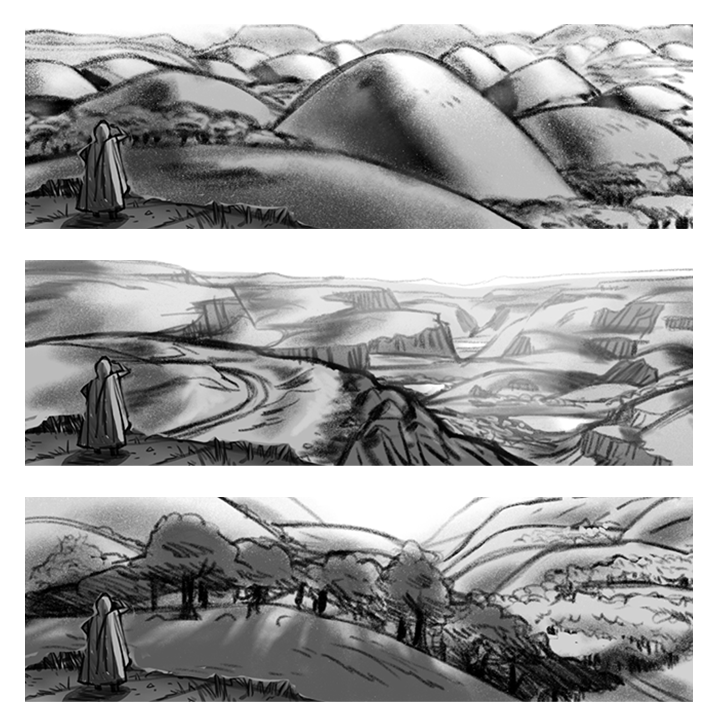


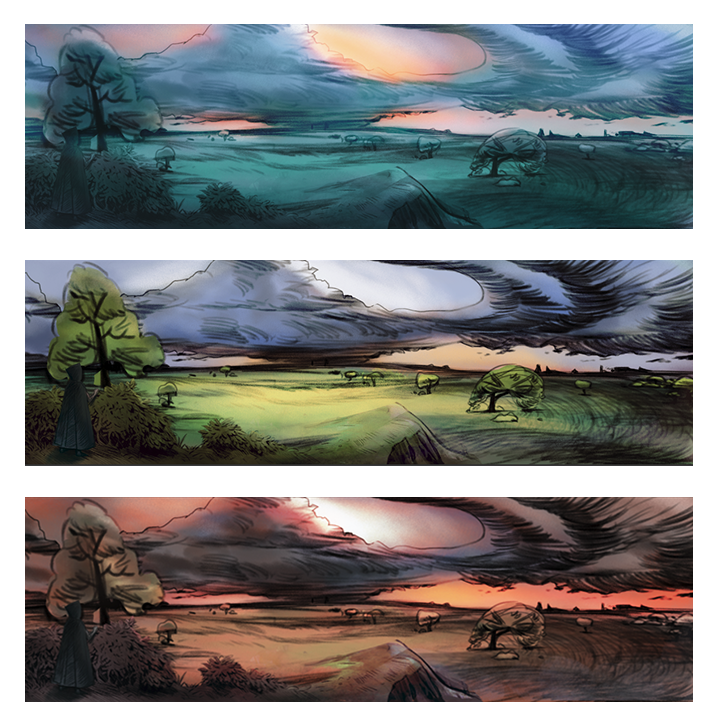
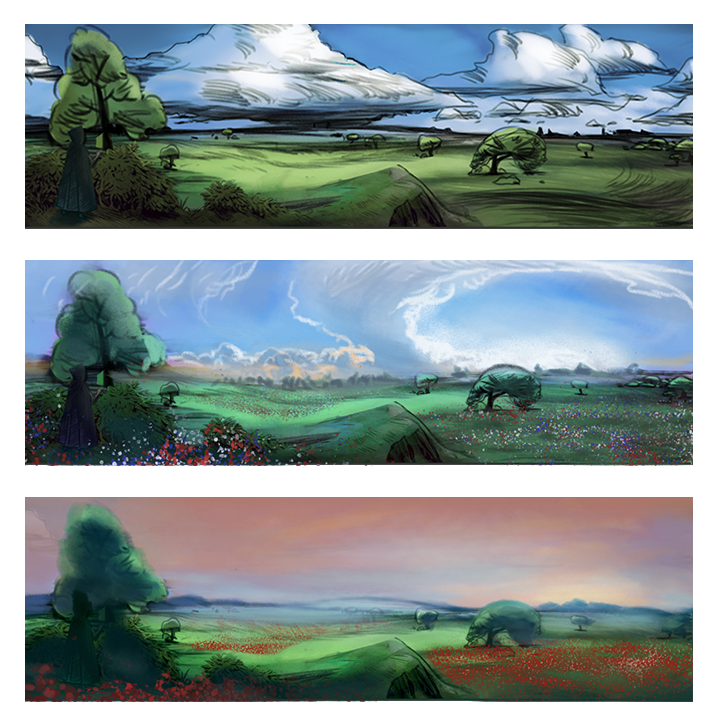
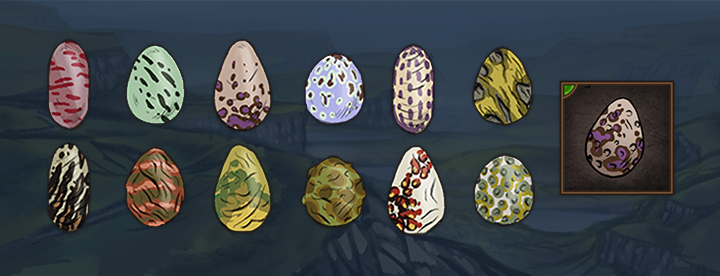
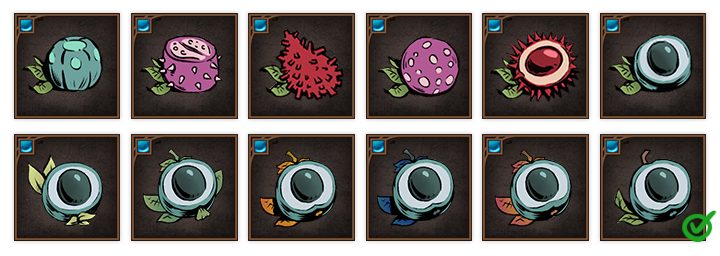
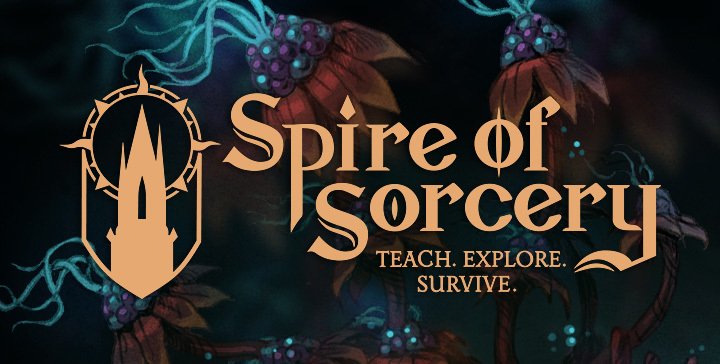
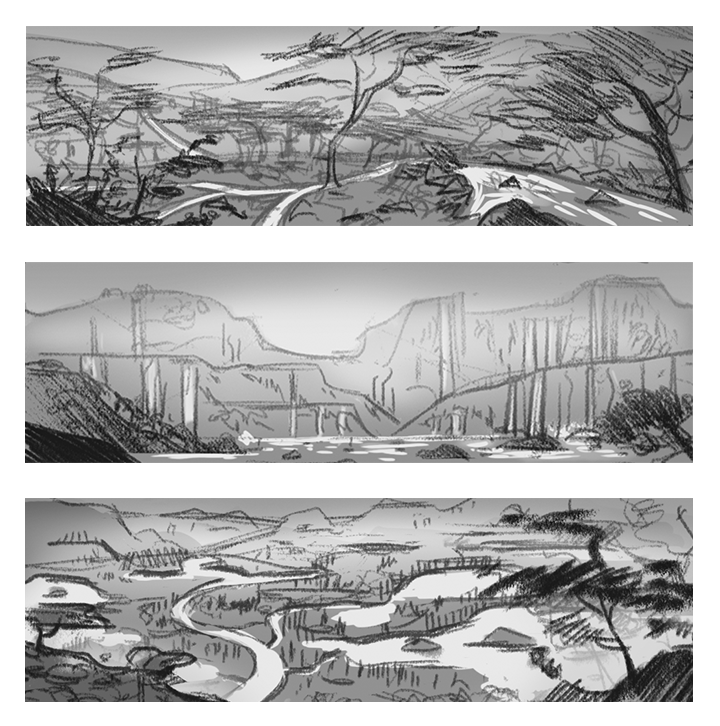
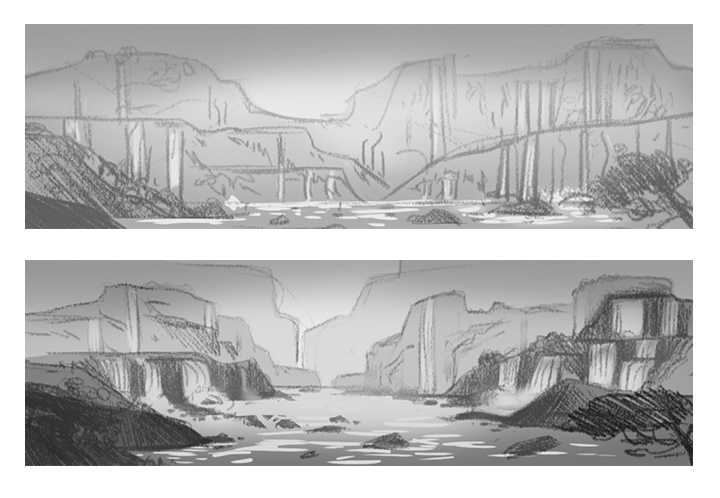

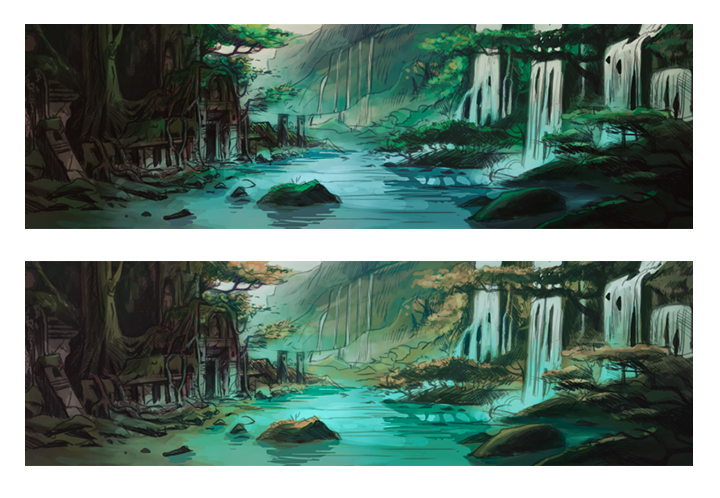
 Travel skill as well as having the secondary skills of
Travel skill as well as having the secondary skills of  Swimming (belongs to
Swimming (belongs to  Fishing (belongs to
Fishing (belongs to  Monstrology). Swimming helps cross rivers faster and safer.
Monstrology). Swimming helps cross rivers faster and safer.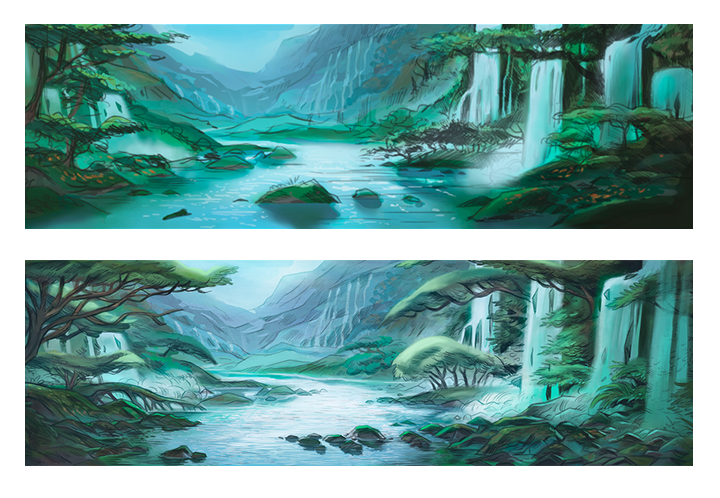
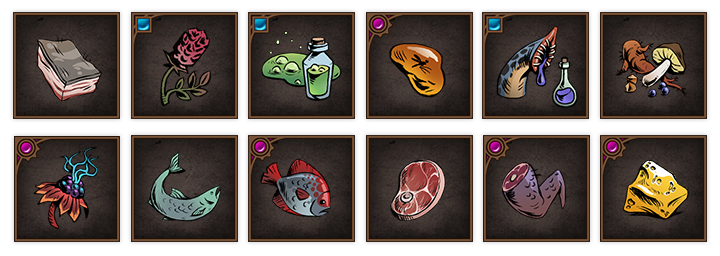
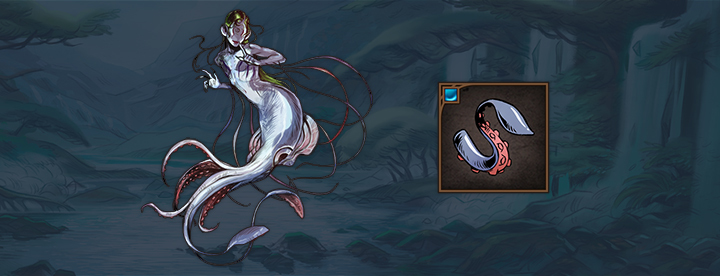
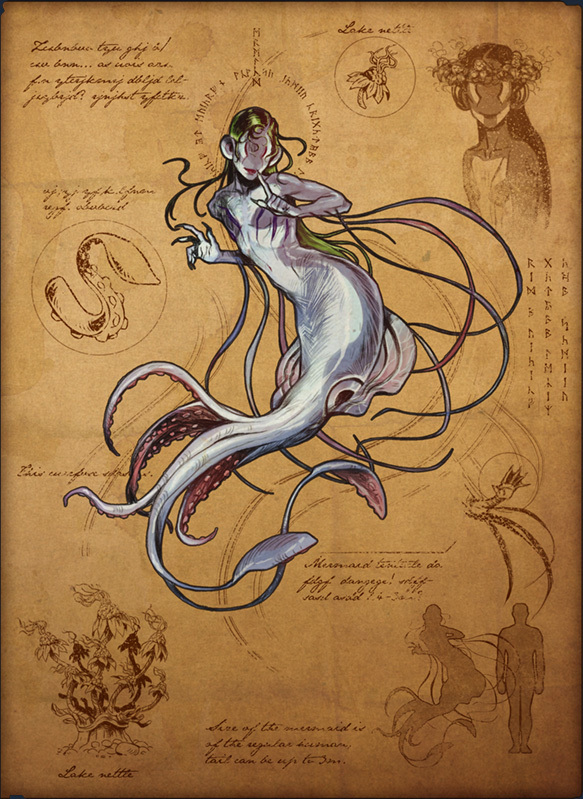
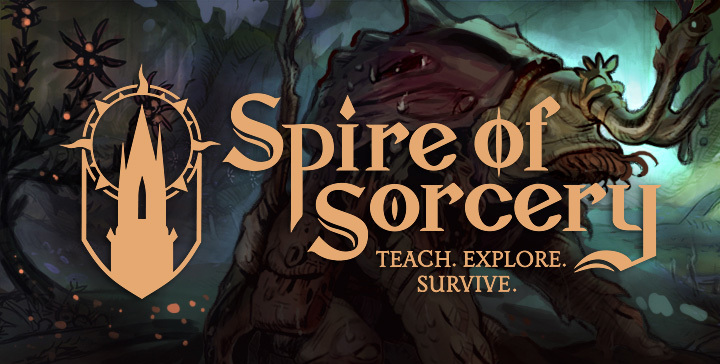
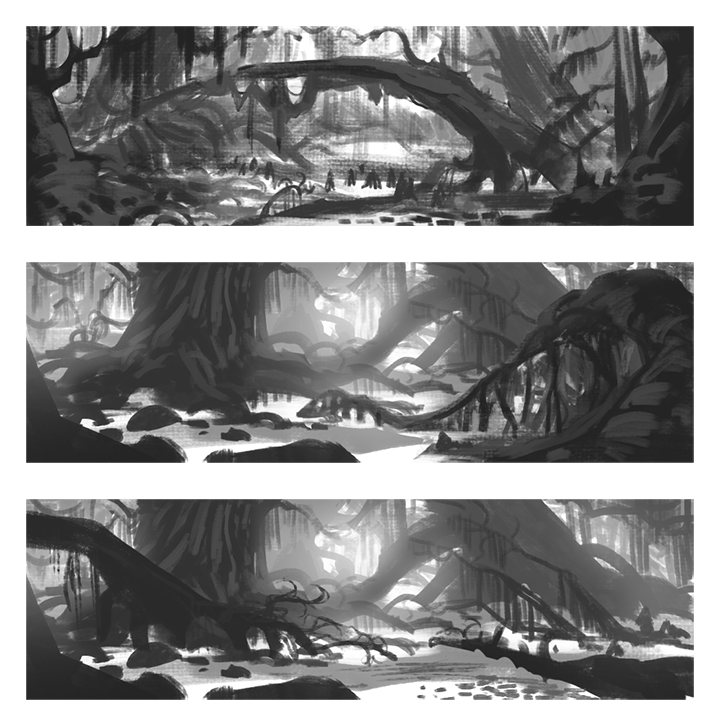 When we started working on the concept of this biome, the most difficult thing to do was to show the proper scale of trees in the environment.
When we started working on the concept of this biome, the most difficult thing to do was to show the proper scale of trees in the environment. After several sketches, we arrived at the look and feel that we were aiming for: a place that’s challenging to traverse, full of hidden dangers.
After several sketches, we arrived at the look and feel that we were aiming for: a place that’s challenging to traverse, full of hidden dangers. potions and
potions and  ointments used to prevent such consequences.
ointments used to prevent such consequences.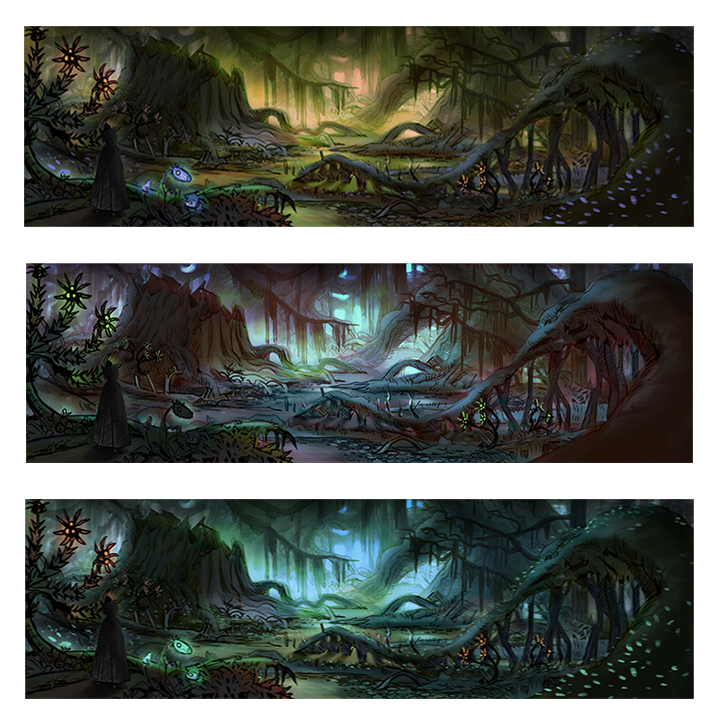 Once we started working on the colors of the swamp, we explored different directions.
Once we started working on the colors of the swamp, we explored different directions.
 Good travel equipment is the best way to prevent bad things from happening to your party.
Good travel equipment is the best way to prevent bad things from happening to your party. Survival.
Survival. While the Swamp Beast is a dangerous monster, Drowners are generally neutral towards humans.
While the Swamp Beast is a dangerous monster, Drowners are generally neutral towards humans. magic energy for your Spire, Ruins are a good source of loot (they may hold items as well as chests, and also be inhabited by various creatures).
magic energy for your Spire, Ruins are a good source of loot (they may hold items as well as chests, and also be inhabited by various creatures).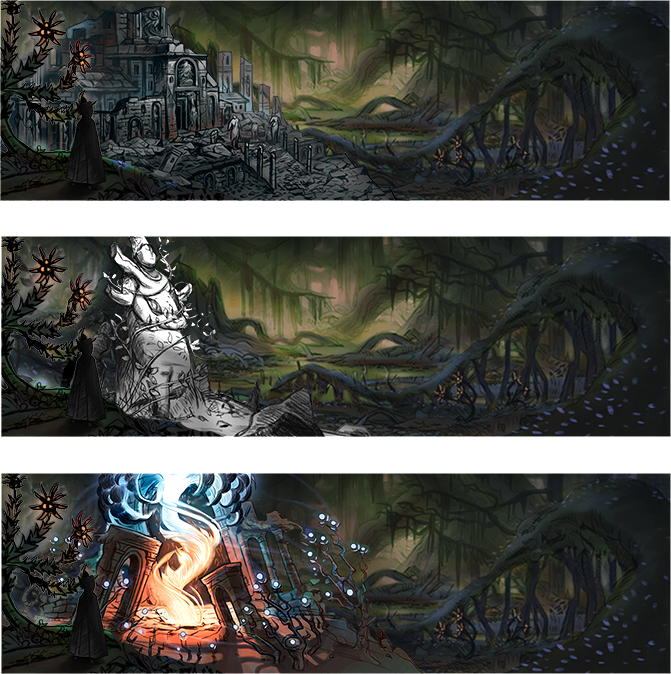 Some of the points of interest that you may come across when traveling through the swamps of Rund.
Some of the points of interest that you may come across when traveling through the swamps of Rund.
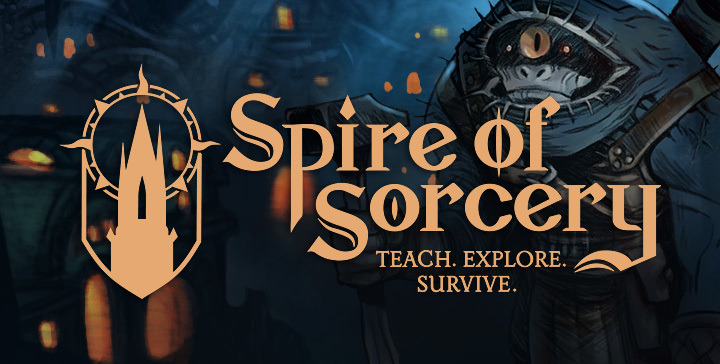
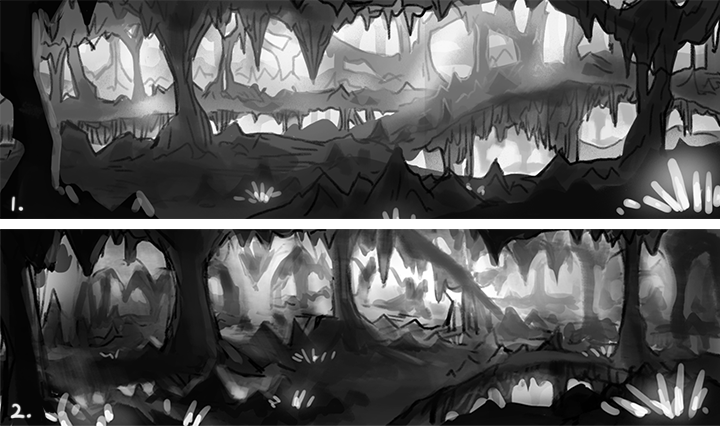 “As we started to search for the required “look and feel” of the caves, we focused on presenting their size – which can be huge, as caves can contain multiple sub-locations.”
“As we started to search for the required “look and feel” of the caves, we focused on presenting their size – which can be huge, as caves can contain multiple sub-locations.” Geology.
Geology. “We ended up with this sketch, which in our opinion delivered all the right impressions. The next step was to find the right colors of this underground biome.”
“We ended up with this sketch, which in our opinion delivered all the right impressions. The next step was to find the right colors of this underground biome.”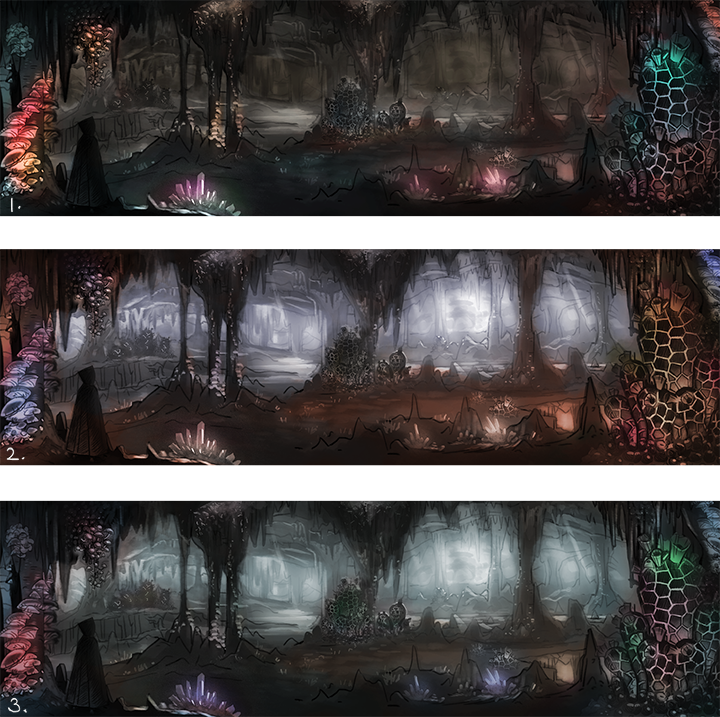
 “Here are the three color options of the biome that we explored, among many others. We also played around with just how much light there should be in the distance. At the bottom are the various types of chests that can be found there.”
“Here are the three color options of the biome that we explored, among many others. We also played around with just how much light there should be in the distance. At the bottom are the various types of chests that can be found there.” Mining is very valuable.
Mining is very valuable.
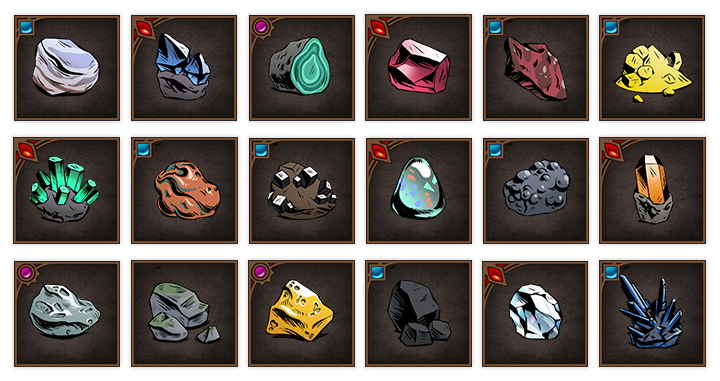



 Alexey Bokulev, game designer of
Alexey Bokulev, game designer of  Global map concept: farmlands.
Global map concept: farmlands. Josué Monchan & Alexey Bokulev
Josué Monchan & Alexey Bokulev

